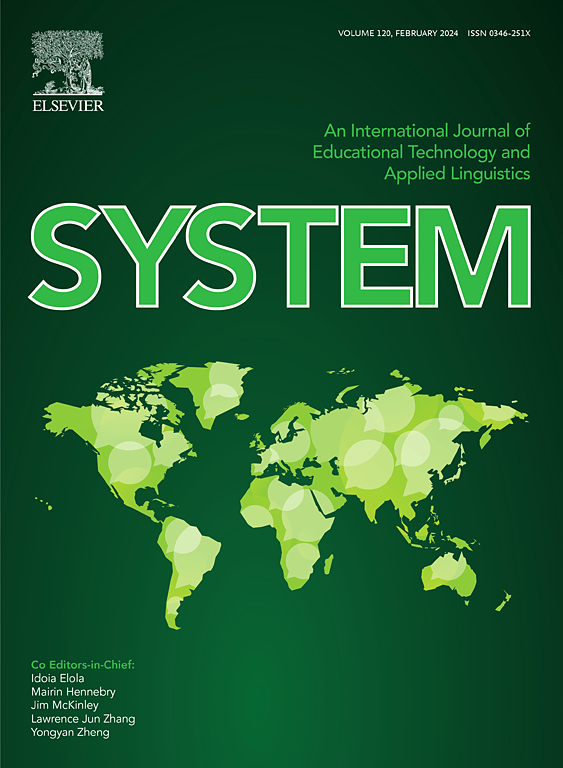Regulatory signatures involved in the cell cycle pathway contribute to egg production heterosis in chicken
IF 7
1区 农林科学
Q1 Agricultural and Biological Sciences
引用次数: 0
Abstract
Crossbreeding is widely promoted as an efficient strategy to improve the productivity in agriculture. The molecular mechanism underlying heterosis for egg production is always intriguing in chicken. The transcriptional dynamic changes play a crucial role in the formation of heterosis, but little is known for the egg production traits. In present study, we measured the continuous manifestation of heterosis ranging from 2.67% to 10.24% for egg number in the crossbreds generated by reciprocal crossing White Leghorn and Beijing You chicken. The high-quality transcriptomes of ovary for purebreds (WW and YY) and crossbreds (WY and YW) in 5 laying stages were sequenced and integrated to identify regulatory networks relevant to the heterosis. We found highly conserved transcriptional features among 4 genetic groups. By using weighted gene co-expression network analysis (WGCNA), we obtained multiple gene co-expression modules that were significantly correlated with egg number for each group. The common KEGG pathways including apelin signaling pathway, cell cycle, ribosome, spliceosome and oxidative phosphorylation, were screened for the 2 crossbreds. Then, we identified consensus co-expression modules (CMs) that showed divergent expression pattern among crossbred (WY or YW) and purebreds (WW and YY). The hub genes of CMs were again overrepresented in the cell cycle pathway, and the crossbreds exhibited temporally complementary dominance of hub genes in the 5 laying stages. These results suggested that the crossbreds inherited from both parents to maintain the ovary function by cell cycle-related genes, contributing to the persistent heterosis for egg production. Furthermore, the dominant genes including MAD2L1, CHEK2 and E2F1 were demonstrated to function in ovarian follicle development and maturation and could be the candidate genes for egg production heterosis. Our study characterized the dynamic profile of genome-wide gene expression in ovary and highlighted the role of dominant expression of cell cycle pathway genes in heterosis. These findings provided new insights for the molecular mechanism of egg production heterosis, which would facilitate the rational choice of suitable parents for producing crossbred chickens with higher egg production.细胞周期途径中的调控特征有助于鸡产蛋异质性的形成
杂交育种作为提高农业生产力的一种有效策略得到了广泛的推广。鸡产蛋杂种优势的分子机制一直是一个令人感兴趣的问题。转录动态变化在杂种优势的形成中起着至关重要的作用,但对产蛋性状知之甚少。本研究测定了白来客那鸡与北京游鸡正交组合的杂种优势连续表现,产蛋数在2.67% ~ 10.24%之间。对5个产蛋期纯种(WW和YY)和杂交种(WY和YW)的卵巢优质转录组进行测序和整合,以确定与杂种优势相关的调控网络。在4个遗传群中发现了高度保守的转录特征。通过加权基因共表达网络分析(weighted gene co-expression network analysis, WGCNA),我们得到了每组中多个与卵数显著相关的基因共表达模块。筛选了2个杂交种常见的KEGG通路,包括apelin信号通路、细胞周期、核糖体、剪接体和氧化磷酸化。然后,我们确定了在杂交(WY或YW)和纯种(WW和YY)中表现出不同表达模式的共识共表达模块(CMs)。CMs的枢纽基因在细胞周期通路中再次被过量表达,并且在5个产蛋阶段,杂交种的枢纽基因在时间上表现出互补优势。这些结果表明,杂种杂种从双亲遗传来维持卵巢功能,是通过细胞周期相关基因来实现的。此外,显性基因MAD2L1、CHEK2和E2F1在卵泡发育和成熟中发挥作用,可能是产蛋杂种优势的候选基因。我们的研究描述了卵巢全基因组基因表达的动态图谱,强调了细胞周期通路基因的显性表达在杂种优势中的作用。这些发现为产蛋量杂种优势的分子机制提供了新的认识,为产蛋量高的杂交鸡合理选择合适的亲本提供了依据。
本文章由计算机程序翻译,如有差异,请以英文原文为准。
求助全文
约1分钟内获得全文
求助全文
来源期刊

Journal of Animal Science and Biotechnology
AGRICULTURE, DAIRY & ANIMAL SCIENCE-
CiteScore
9.90
自引率
2.90%
发文量
822
审稿时长
17 weeks
期刊介绍:
Journal of Animal Science and Biotechnology is an open access, peer-reviewed journal that encompasses all aspects of animal science and biotechnology. That includes domestic animal production, animal genetics and breeding, animal reproduction and physiology, animal nutrition and biochemistry, feed processing technology and bioevaluation, animal biotechnology, and meat science.
 求助内容:
求助内容: 应助结果提醒方式:
应助结果提醒方式:


